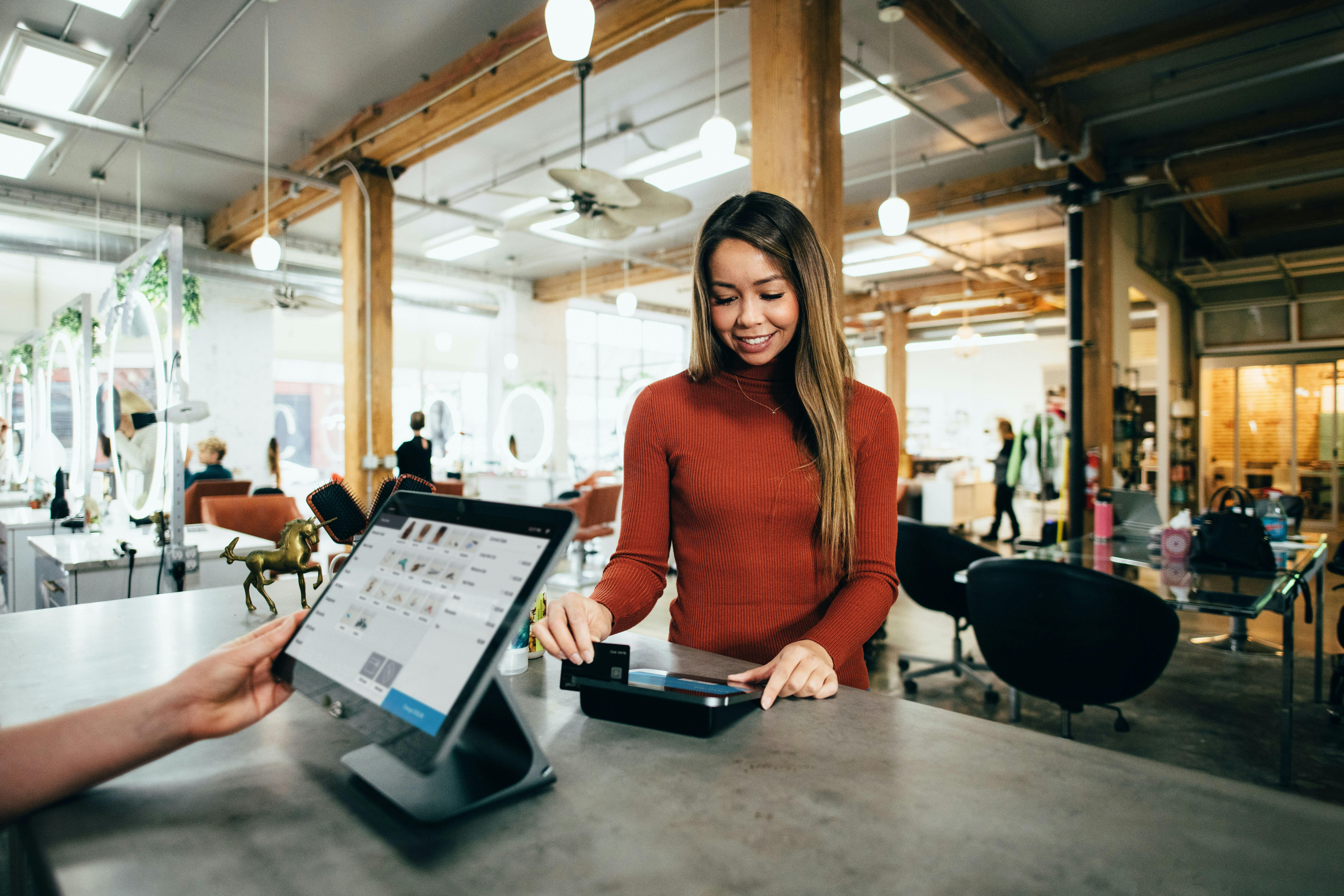Time to get phygital?
Brunch, podcast, infomercial – love them or hate them, there seems to be a never-ending stream of portmanteau words that attempt to distil two or more ideas into a single, handy reference. And ‘phygital’ is no different, marrying ‘physical’ and ‘digital’ in an increasingly popular description of a customer experience which bridges the gap between online and offline retail.
Brunch, podcast, infomercial – love them or hate them, there seems to be a never-ending stream of portmanteau words that attempt to distil two or more ideas into a single, handy reference. And ‘phygital’ is no different, marrying ‘physical’ and ‘digital’ in an increasingly popular description of a customer experience which bridges the gap between online and offline retail.
While the concept of delivering seamless experiences any time, anywhere and through any channel has been central to successful retailers’ strategies for a while now, the relative simplicity of phygital as a description disguises the fact that each element of the word brings a lot of baggage to this particular marriage.
Total Retail calls ‘phygital’ ‘a mash-up of a brand’s digital and physical storefronts so they coexist’ – but this doesn’t go far enough as an explanation of exactly what’s involved for retailers with channel-busting ambitions.
Physical isn’t just about stores
With costs on the rise across the board for maintaining a high street presence, it’s not surprising that working out how to make sure every inch of the shop floor delivers value keeps retailers up at night. But that value doesn’t only come from the bricks and mortar presence, the store position or even the visual merchandising and products – there’s a wealth of research that shows knowledgeable, engaged store associates are at the heart of increased sales and repeat purchases.
It all comes down to the fact that the most important (and revenue-boosting) part of physical retail is that people buy from people, and if they feel seen, valued and respected they are likely to spend more money and return more often.
This is where clienteling comes in - if they have the right tools with access to customer information, store associates can deliver a truly personalised customer experience, they can cross- and upsell based on proven data and remind customers of what they’ve browsed, bought, and added to their wish list.
And the proof is in the bottom line - according to Accenture’s Pulse Check Survey, 91% of consumers are more likely to shop with brands that recognise, remember, and provide relevant offers and recommendations. Clienteled customers spend 3.5 to 4 times more annually, they are 33% more likely to become repeat customers, and their average transaction size is 63% bigger than for ‘non-clienteled’ shoppers. It also makes sense from a staff satisfaction and retention perspective, especially when motivated store associates are in short supply – according to business resource leaders Expert Market, employees’ productivity increases by as much as 25% due to improved training and knowledge levels.
Digital isn’t just about online
On the other side of the coin, bringing all the benefits of an online experience to the shop floor involves more than just having in-store access to your website and the latest tech-enabled gadgets, however enticing they may be on the surface. It’s about the intelligent gathering and use of data, and while this might seem less exciting than installing smart try-on facilities or AR-enhanced showrooms, it is what will deliver bankable results.
Access to full product catalogues for an endless aisle of goods, the ability to stock check and order from other stores or online, in-depth analysis of customer activity, fully flexible baskets and payment options are all driven by data and it’s just not possible to have a seamless experience without them. The benefits of, for example, cutting the transaction time for considered purchases by more than half thanks to customer and payment data integration will deliver more sales and better cost efficiency than any in-store kiosk or interactive experience.
And it doesn’t only deliver tangible results for the business and customers – harnessing and integrating data sources allows for correct sales attribution, whether they’re completed in-store, online or at home – a huge improvement and incentive for store associates who might have been frustrated by this in the past.
Everything, everywhere, all at once
There’s no doubt that ‘phygital’ has its place in the retail lexicon and it can be a useful way to suggest an idea of what can be achieved by an omnichannel approach to shopping. As long as retailers realise that this particular portmanteau is greater than the sum of its parts, it could set them on the path to a universal customer experience that transcends all channels, both physical and digital.
This article first appeared in MyCustomer
Contact us or request a demo to find out more about improving customer loyalty as part of RetailOS

